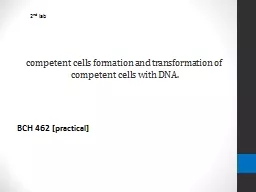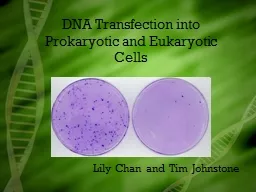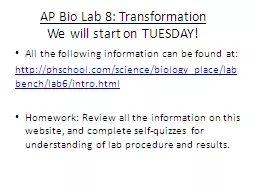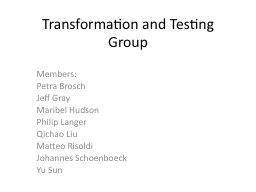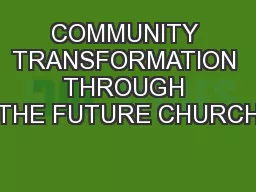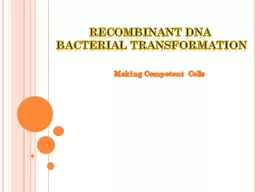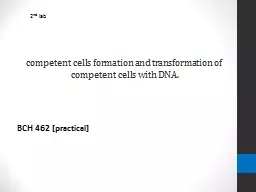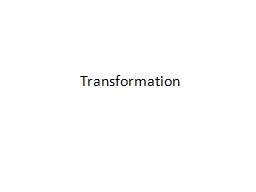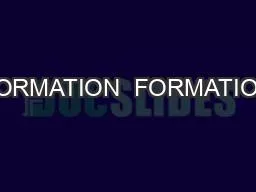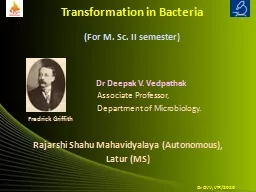PPT-competent cells formation and transformation of competent c
Author : cheryl-pisano | Published Date : 2017-04-01
BCH 462 practical 2 nd lab Overall Transformation Process The plasmid vector must be cut with restriction endonuclease DNA ligase joins the DNA fragment and vector
Presentation Embed Code
Download Presentation
Download Presentation The PPT/PDF document "competent cells formation and transforma..." is the property of its rightful owner. Permission is granted to download and print the materials on this website for personal, non-commercial use only, and to display it on your personal computer provided you do not modify the materials and that you retain all copyright notices contained in the materials. By downloading content from our website, you accept the terms of this agreement.
competent cells formation and transformation of competent c: Transcript
Download Rules Of Document
"competent cells formation and transformation of competent c"The content belongs to its owner. You may download and print it for personal use, without modification, and keep all copyright notices. By downloading, you agree to these terms.
Related Documents

